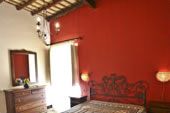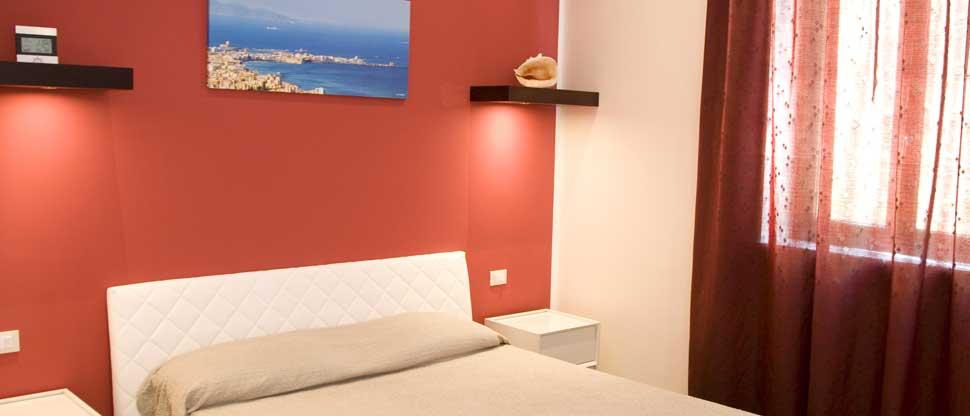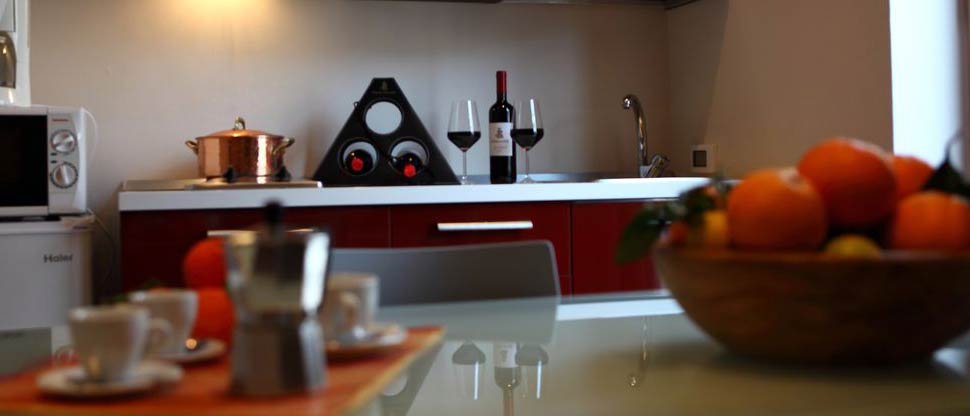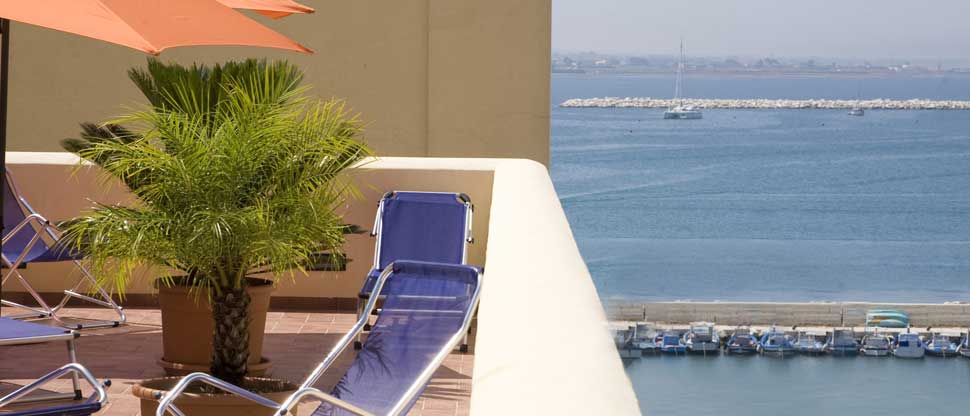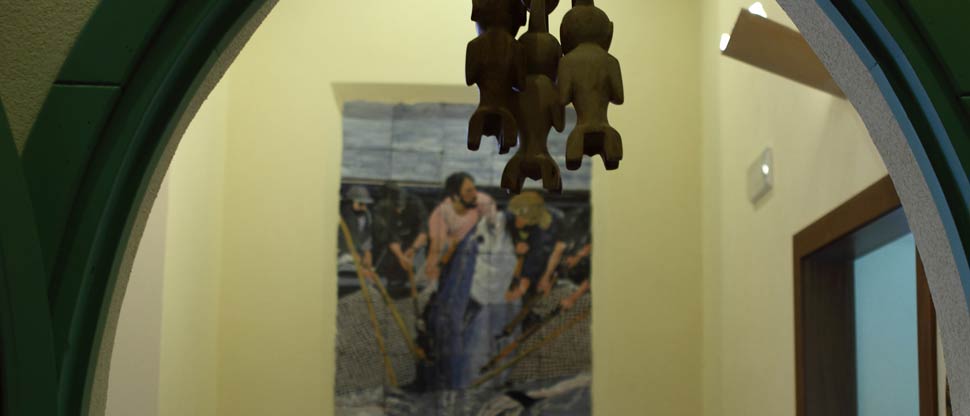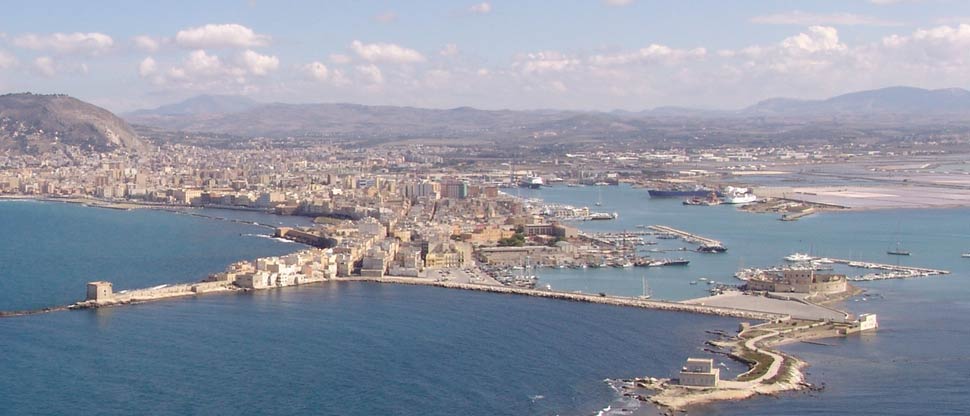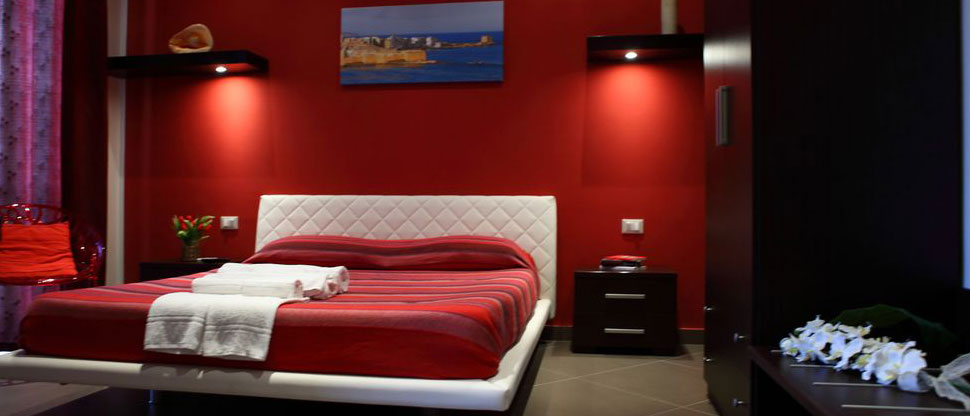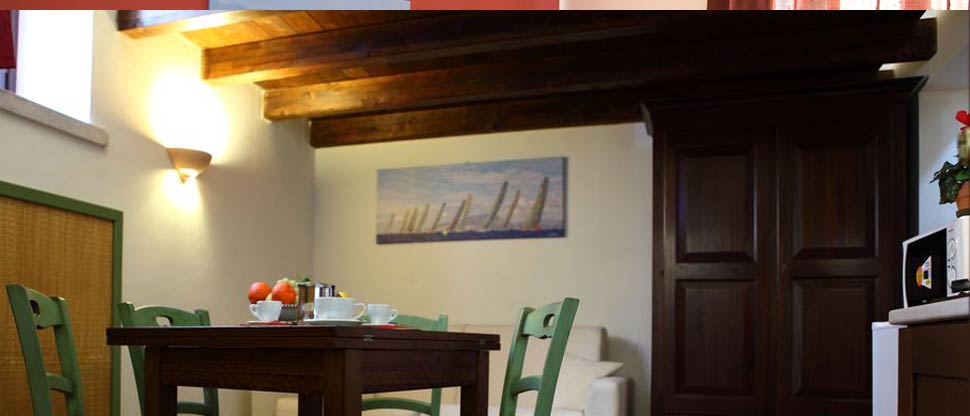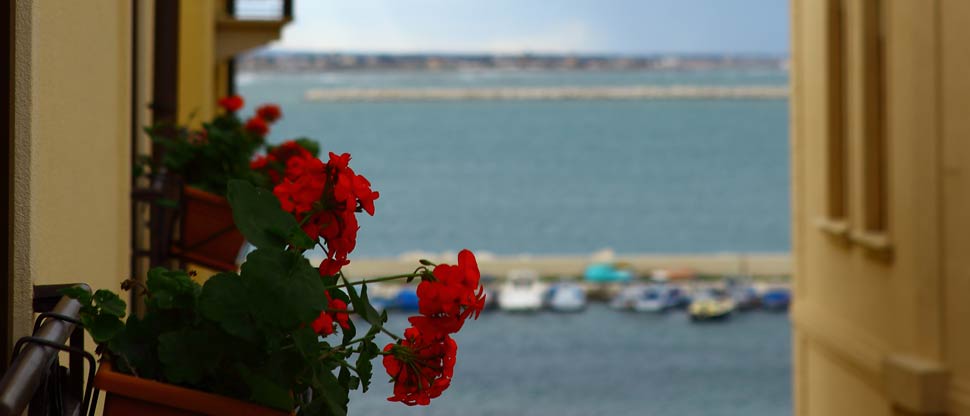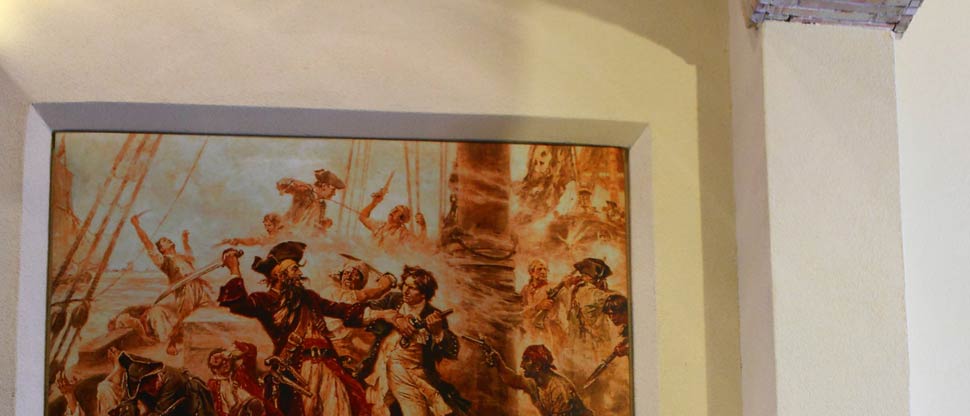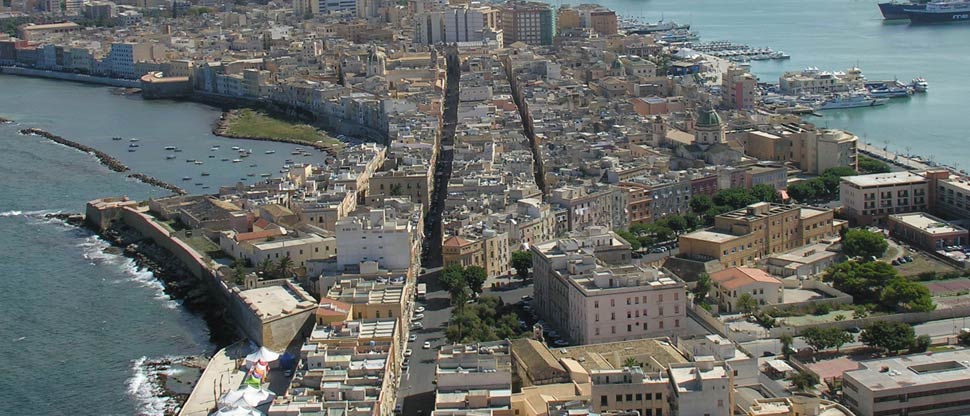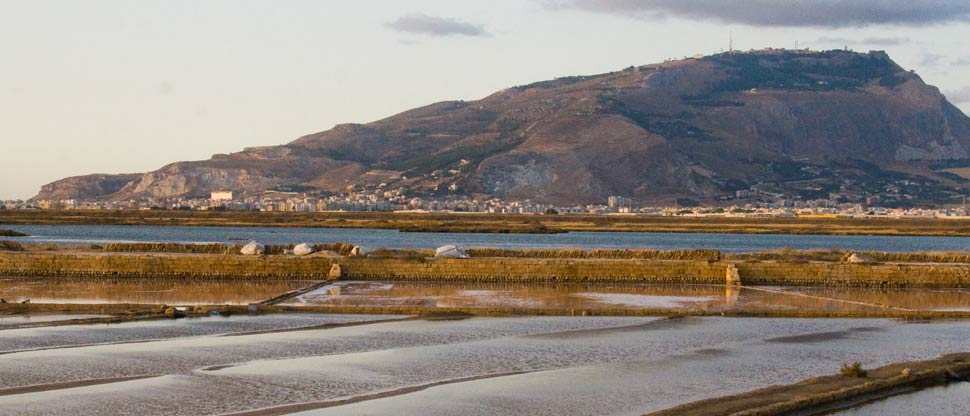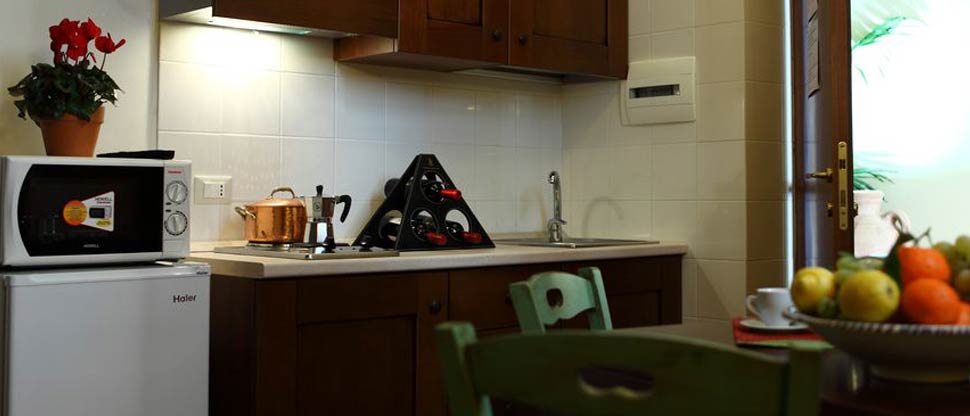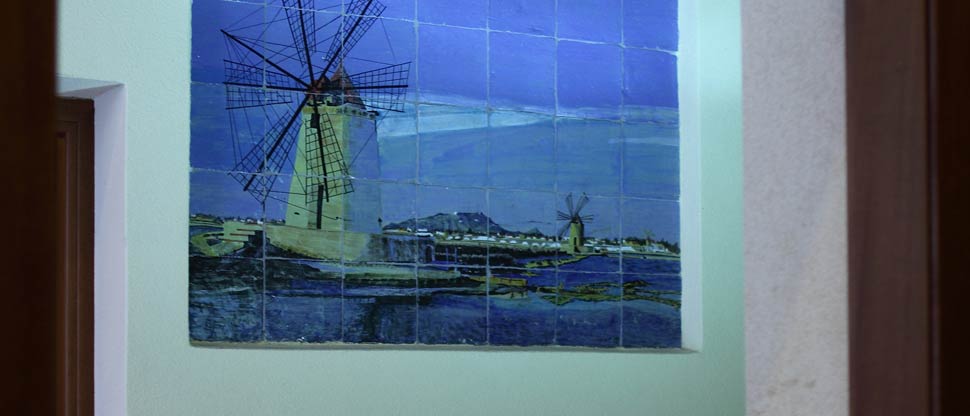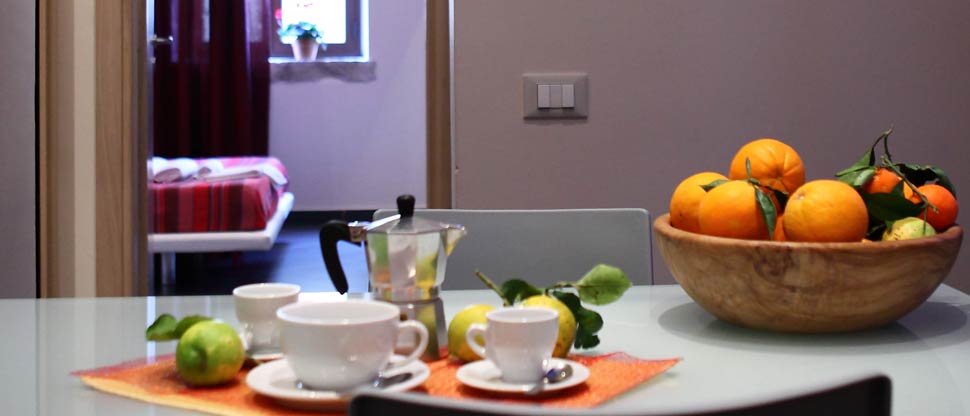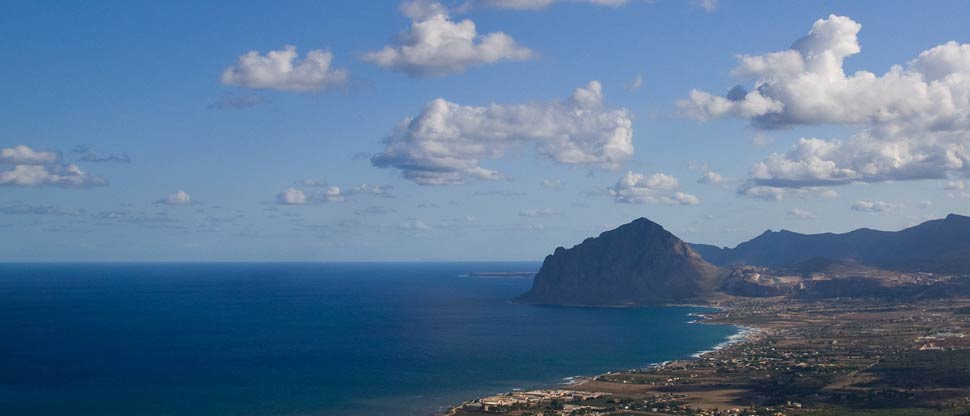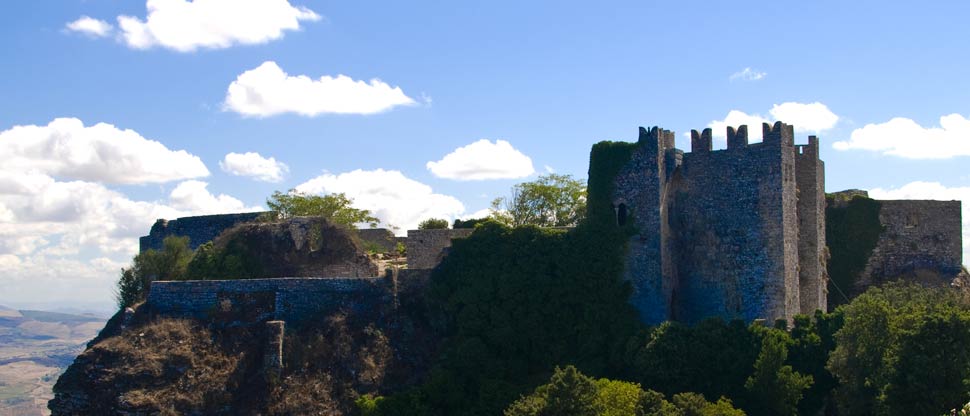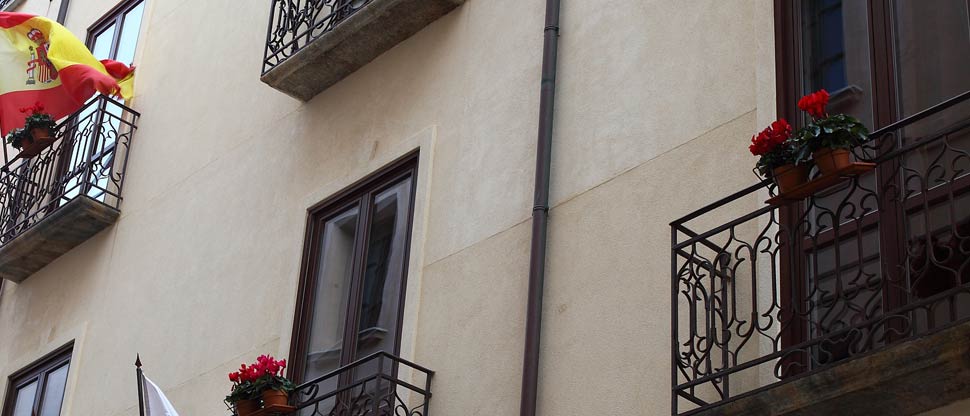Historic centre of Trapani
Palazzo dei Corsari is located in the heart of the historical city center of Trapani, equidistant from all the main monuments and places of interest, including the North coast beaches and quays of the port in the South.
A brief history of Trapani (taken from the website www.comune.trapani.it/turismo)
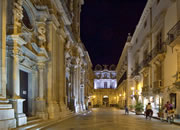 The ancient Drepanon with its sickle-shaped stretches towards the sea, the main source of life for fisheries activities and for the harbour-commercial (a source of wealth with coral fishing). Along the historical centre it is possible to read the signs of the various cultural stratifications, from the oldest district, the Hebrew Casalicchio della Giudecca, the medieval ruins of the Castle ,to the castle of Colombaia also called castle of Sea.
The ancient Drepanon with its sickle-shaped stretches towards the sea, the main source of life for fisheries activities and for the harbour-commercial (a source of wealth with coral fishing). Along the historical centre it is possible to read the signs of the various cultural stratifications, from the oldest district, the Hebrew Casalicchio della Giudecca, the medieval ruins of the Castle ,to the castle of Colombaia also called castle of Sea.
The Palazzo Senatorio and the Palazzo Riccio di San Gioacchino, situated in the main street, are really beautiful. Churches of Purgatorio, which guards the mysteries (20 sculptural groups depicting the passion of the Christ), and the College, are also interesting. Not far from the historical city center, there are the Sanctuary of the Annunziata and the Pepoli Museum, which cherishes precious jewels of art in Athens. To the South of the city, the “salt” form the unique environment from which begins the route of via del sale.
The Greeks called it Drepanon, Scythe, the Romans Drepanum; the elimo-Punic origin see it rise as port of Erice and fishing village. Amilcare Barca around 260 BC built the castle of Earth and Sea, the early strengths of the defensive system. Trapani, which over the centuries has linked its history and economics to the sea, due to the position favoring trade with Africa, assumed particular importance under the Arabs, to whom we owe the array of more ancient urban fabrics. James of Aragon in 1286 enlarged Trapani and Charles V in 1535, staying in Trapani returning from Tunis, ordered the extension of the walls to the West. Is the 14TH among the 27 cities decorated with Gold Medal like “Benemerita del Risorgimento Nazionale” and was the birthplace of famous personalities including Leonardo Ximenes, astronomer and engineer, and Nunzio Nasi, Minister of posts and of education in the Cabinet Giolitti.
The landscape of Trapani is amazing for the extraordinary beauty. The configuration of the double Crescent City that juts out into the sea to divide the Tyrrhenian Sea from the Mediterranean, back to his ancient name Drepanon, born from the myth when Ceres, Goddess of Religion mass, disperatly finding his daughter Proserpina, lost, right here, the bearing sickle in his hand. The real spectacle are the Egadi Islands and “salt” that are the sea scenery of Southwest in the morning at sunrise and sunset, offering suggestions and exciting colors especially in summer. It is precisely in this area of the sea near the island of Favignana was the naval battle of 241 BC between the Romans and Carthaginians that marked the end of Dominion of Carthage. The urban landscape was enhanced in recent years with interventions that have returned to the city the prestige of its noble history with its mercantile port, tourism, recovery of the walls of the north with the Ossuna port and “Impossible bastion” in front of the harbour.
The Natural Reserve of Saline of Trapani and Paceco extends itself to the South of the port, with pools for the cultivation of salt. Site of Community Importance (SCI) is one of the most important coastal wetlands of Western Sicily for its biological values, related aspects of wildlife and flora-vegetation, and it is inserted as a Spa (special protection area for birds) as a staging area on the route of migration to Africa and vice versa. Within the reserve sea, salt is obtained in accordance with the method of cultivation, by leaving the sea water to evaporate, placed in large vats salt in winter: the essential elements are the sea water, the Sun and the wind. The production takes place during the summer, particularly during the months of July, August and September, depending on the weather, you can take even three harvests.




